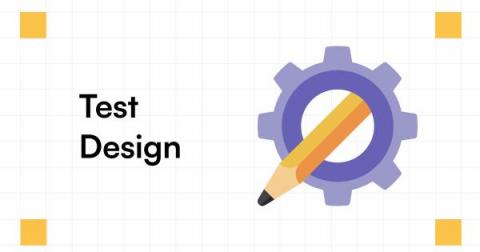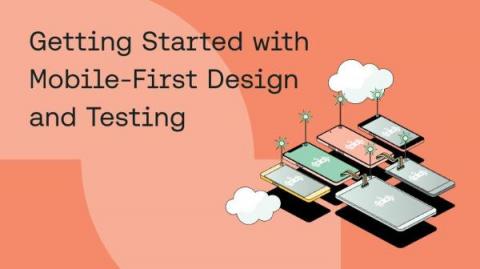SOLID Design Principles Explained: Dependency Inversion Principle with Code Examples
The SOLID design principles were promoted by Robert C. Martin and are some of the best-known design principles in object-oriented software development. SOLID is a mnemonic acronym for the following five principles: Each of these principles can stand on its own and has the goal to improve the robustness and maintainability of object-oriented applications and software components.











